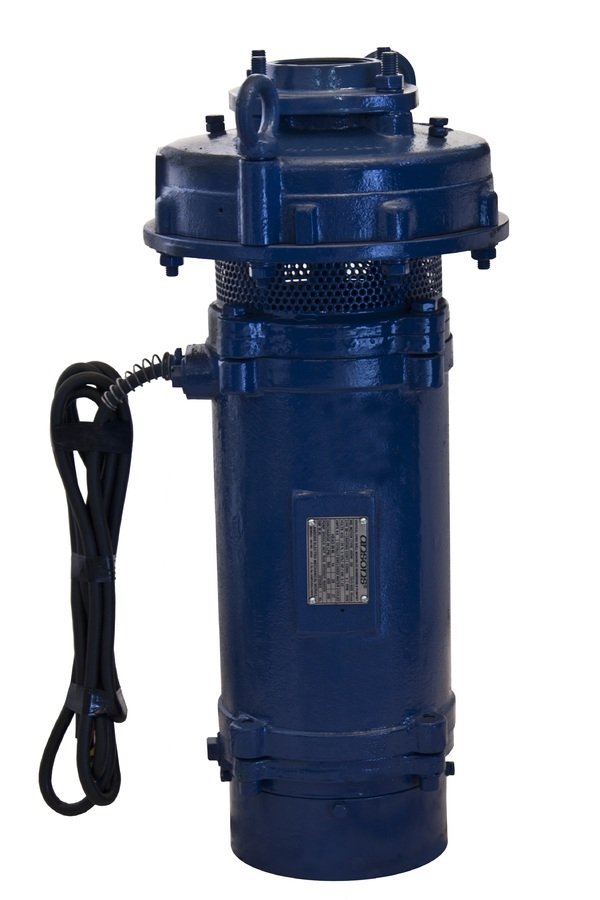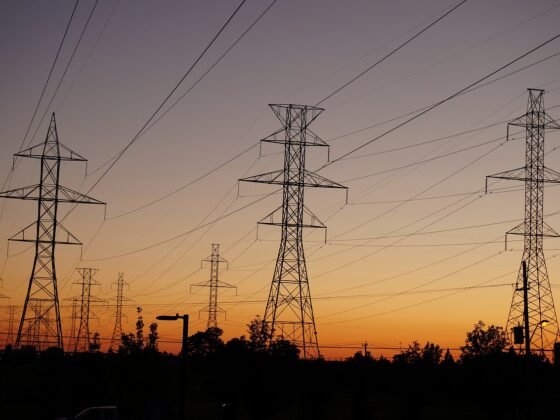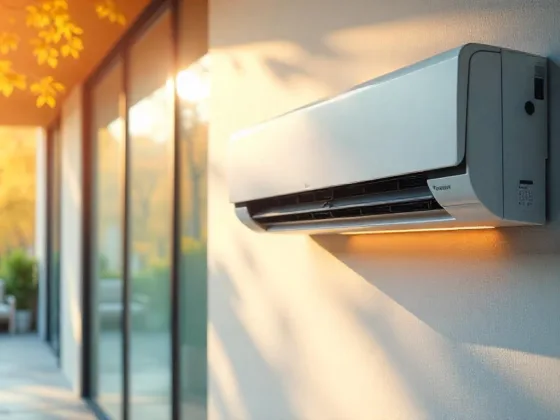Table of Contents Show
If your home has a basement, you undoubtedly already know how vital a sump pump is in preventing potentially catastrophic water damage to your property.

sump pumps are crucial home equipment that automatically removes water and directs it to a nearby drain. They assist in preventing the growth of mold and mildew, safeguarding your possessions, and safeguarding your home from flooding.
With more floods due to climate change, having such a machine is not just a smart idea anymore; it is a requirement. However, since there are so many factors to consider, such as types, automatic or manual, below are some points you must consider before making a purchase.
Consider the Different Types
Below are the different types available:
Primary Pumps
The primary sump pump is the first line of defense in a basement flood. When the water level reaches a particular level, it will immediately switch on and is powered by electricity. They are two types:
Submersible
These are located at the sump pit’s bottoms. Because it keeps the motor and pumps section cool while submerged in water, it is exceptionally dependable.
Pedestal
This object has an outboard boat motor-like appearance. The engine and pump are outside in the open air, while the impeller is inside the sump base. Both the machine and motor are easily accessible.
Read Also:
Backup Pumps
Your primary pump won’t operate if the electricity goes off. You will require a backup. The most effective backup pumps are either water- or battery-powered.
The water-powered device draws water from the sump pit. It creates suction with the city water and then releases the sump and city water. The battery backup is a bit costly but is more commonly used.
Combination Models
The combination models are integrated devices that combine the battery backup and the electric pump. These pumps provide defense against flooding risks as they combine the single pump with a battery backup.
Consider the Horsepower
There are five standard motor sizes for sump pumps: 1 HP, 3/4 HP, 1/3 HP, 1/2 HP, and 1/4 HP. While horsepower is necessary, you should also consider how much water the pump can extract every hour. Consider a more robust model that switches off automatically for more reliable results.
Look for No Screen Intake
When your basement floods, it is not always muddy water; there is some debris. When you don’t clean your pump regularly, it will clog and lose some of its water-moving capacity. The pump should feature a no-screen intake design and must have an impeller.
The materials, such as debris, and contaminants, are filtered away by the impeller. Ensure that the impeller can handle solids up to 12 inches in diameter to reduce the likelihood of clogging.
Automatic or Manual
The majority of pumps have float valves that enable automated activation. Even though a sump pump’s design and function are apparent and that is to pump out water automatically.
However, some pumps require manual activation. Selecting an automatic one will protect your property from water damage in case nobody’s home.
Durability
Opt for durable housing materials. You can look for housing materials such as stainless steel, cast iron, or bronze. For any other material, there is a chance of rusting.
Conclusion
Selecting the proper sump pump is essential as it helps protect your house from flooding and does not let water accumulate.
After you have invested in one to prevent water from flowing back into your crawlspace or basement, test them frequently and ensure the check valve is working. Of course, no one likes having a wet basement, and nobody enjoys having moldy or damaged stuff around!









